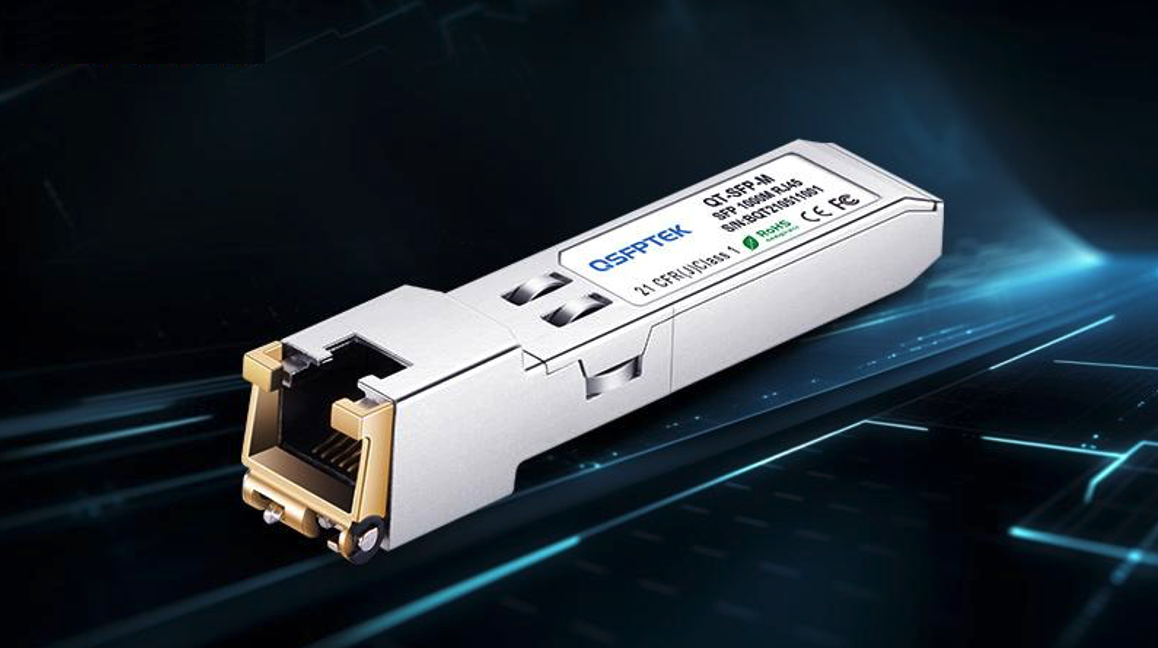
Small and medium-sized enterprises (SMEs) are the backbone of economies around the world. For these businesses to remain competitive, they must have reliable and efficient network infrastructures. One key technology that can help SMEs achieve this is the 1G module. A 1G module is a 1-gigabit small form-factor pluggable module used in telecommunications and data communications.
This blog explores how SMEs can leverage 1G modules to build cost-effective and high-performing network architectures that support their operations and enhance employee collaboration.
The Importance of Network Infrastructure for SMEs
A robust network infrastructure is vital for SMEs for several reasons:
- Operational Efficiency: Efficient network systems ensure that daily operations run smoothly, from accessing cloud-based applications to managing customer relationships.
- Employee Collaboration: With many businesses adopting remote work models, a reliable network is crucial for seamless communication and collaboration among employees.
- Customer Service: Fast and reliable internet connections are necessary for handling customer queries, processing transactions, and maintaining overall customer satisfaction.
Advantages of 1G Modules for SMEs
1G modules provide several advantages that make them ideal for SME network infrastructures:
- Cost-Effectiveness: 1G modules are relatively affordable compared to higher-speed options like 10G or 40G modules. This makes them an excellent choice for SMEs with limited budgets.
- Sufficient Bandwidth: For many SMEs, the bandwidth provided by 1G modules is sufficient to meet their needs, supporting activities such as email, web browsing, data sharing, and video conferencing.
- Scalability: 1G modules offer scalability. SMEs can start with a small investment and expand their network capabilities as their business grows.
- Ease of Integration: 1G modules are compatible with most existing network infrastructure, making them easy to integrate without requiring major overhauls.
Building a Cost-Effective and Efficient Network with 1G Modules
Here are several strategies SMEs can use to optimize their network infrastructure with 1G SFP:
- Structured Cabling: Implementing structured cabling systems ensures organized and efficient network setups. Using 1G modules in structured cabling can reduce costs and simplify maintenance.
- Segmenting Networks: Network segmentation can enhance performance and security. SMEs can use 1G modules to create separate segments for different departments, such as accounting, sales, and customer service.
- Power over Ethernet (PoE): Utilizing 1G modules with PoE capabilities allows SMEs to power devices like IP cameras, phones, and access points without the need for separate power supplies, reducing cabling costs and simplifying installations.
- Cloud Integration: Many SMEs rely on cloud services for their operations. 1G modules provide reliable and sufficient bandwidth to connect to cloud-based applications, ensuring smooth and uninterrupted access.
Practical Applications of 1G Modules in SME Networks
1G modules can be applied in various areas within an SME’s network infrastructure:
- Office Connectivity: Connecting computers, printers, and other office devices through 1G modules ensures reliable data transfer and communication.
- Remote Work Support: With remote work becoming more common, 1G modules can provide secure and stable connections for remote employees, enabling them to access corporate resources and collaborate with colleagues.
- VoIP and Video Conferencing: VoIP phone systems and video conferencing tools are essential for modern businesses. 1G modules support these applications, ensuring clear communication without interruptions.
- Security Systems: Many SMEs use IP-based security systems, including cameras and access control devices. 1G modules can handle the data transmission needs of these systems, ensuring effective monitoring and security.
Future-Proofing SME Networks
While 1G modules offer ample bandwidth for current needs, SMES need to consider future growth and technological advancements. Here are some tips for future-proofing:
- Plan for Expansion: Choose network equipment that supports both 1G and higher speeds like 10G. This allows for easier upgrades as the business grows.
- Invest in Quality Hardware: High-quality switches, routers, and cables can enhance the longevity and performance of the network.
- Regular Maintenance and Upgrades: Regularly updating software and hardware ensures the network remains secure and efficient.
Conclusion
1G modules provide a practical and cost-effective solution for SMEs looking to enhance their network infrastructure. By leveraging the advantages of 1G modules—such as cost-effectiveness, sufficient bandwidth, scalability, and ease of integration—SMEs can build robust networks that support their operational needs and foster collaboration among employees. With thoughtful planning and implementation, 1G modules can help SMEs create a network infrastructure that is not only efficient for current demands but also scalable for future growth.
Share this post
Leave a comment
All comments are moderated. Spammy and bot submitted comments are deleted. Please submit the comments that are helpful to others, and we'll approve your comments. A comment that includes outbound link will only be approved if the content is relevant to the topic, and has some value to our readers.



Comments (0)
No comment